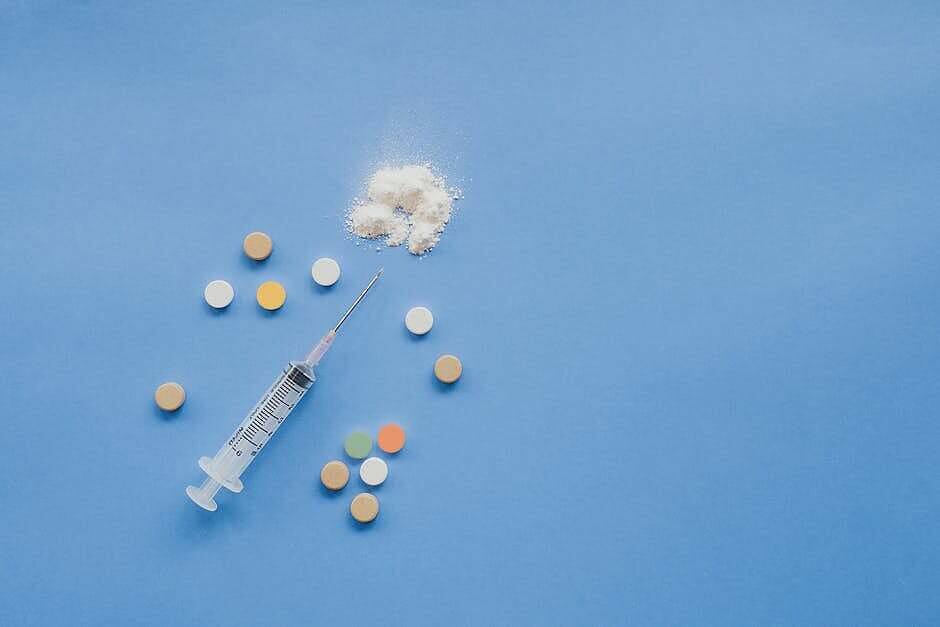The Basics of Fentanyl
Fentanyl falls into a class of drugs known as opioids. These drugs are classified as such because they act upon the opioid receptors in the body.
Those receptors deal with our sensations of pain and pleasure. That’s why most prescription opioids are prescribed to deal with some sort of issue with pain. The effect is significant, considering that these drugs are able to numb even the most severe instances of pain, such as the aftermath of surgery or chronic illness.
Common opioids include heroin, morphine, and oxycodone. Those drugs are known to be very powerful, addictive, and lethal. Heroin overdose, for example, is something that’s not too difficult to achieve if a person isn’t careful with their dosages.
Morphine is almost as powerful, but it’s a less common street drug, so it’s rarer to see overdoses. The scary thing is that fentanyl is orders of magnitude stronger than morphine and heroin.
Some estimates put fentanyl at about 50 times the strength of morphine and 30 times the strength of heroin. That’s a big part of the reason that fentanyl deaths have been on the rise in the UK for a number of years. Most UK fentanyl deaths are a result of the substance being added to other drugs, however.
Common Uses of Fentanyl
Fentanyl is often referred to as an animal tranquillizer, and this name is actually an accurate one. Veterinarians do use fentanyl in some instances to numb the pain of large animals, but they do so by using very small amounts of the substance.
In the case of humans, there are a few prescription drugs that include fentanyl to treat pain. It’s also used in hospitals to treat massive amounts of pain under the supervision of nurses and doctors. Any time that doctors use fentanyl to treat pain, though, they use dosages that are far too small and precise for an average person to replicate.
Their medication is created with a high degree of specificity. Drugs are made with the close attention of a well-trained professional as well as a lot of very sophisticated technology. The stakes are very high in the case of fentanyl because small mistakes could cause an overdose.
A human being doesn’t need very much fentanyl to achieve overdose. In fact, the toxic amount of this substance looks something like around two grains of salt. This happens to be why the drug is so commonly found in other drugs.
Why Is It So Common?
You might have heard that many street drugs are “cut” with fentanyl. This means that the original drug isn’t pure, but actually contains a set of other substances as well. This tends to happen when dealers want to stretch their product out and get more money for their original investment.
If you were to put a whole lot of salt into a bag of sugar, for example, you could make it look like you had more sugar.
The same principle applies here, just in terms of the experience that the drug produces. People put fentanyl into their drugs to make the drug seem more powerful.
Remember, a microscopic amount of fentanyl can impact the human system in a very serious way. It doesn’t take much to produce an effect, so drug dealers can spike their original drugs with fentanyl to produce far stronger effects without much of an investment.
If it seems like it’s a powerful product, the idea is that it can be sold for higher amounts and more people will be interested in buying it. The difficult thing is that those who spike their illegal drugs with fentanyl aren’t doing so in a medical lab.
They can’t be as precise with their dosages, and odds are that they don’t have a solid idea of what they’re dealing with. So, the rate of overdose has skyrocketed as fentanyl entered the bloodstream of modern opioid use.



